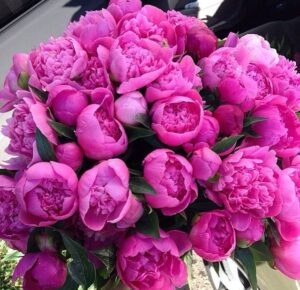Certainly! Here’s a guide on choosing varieties and growing tulip flowers:
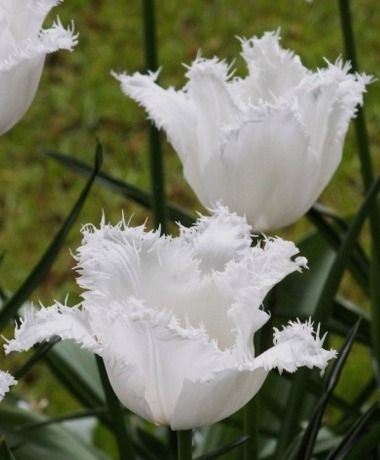
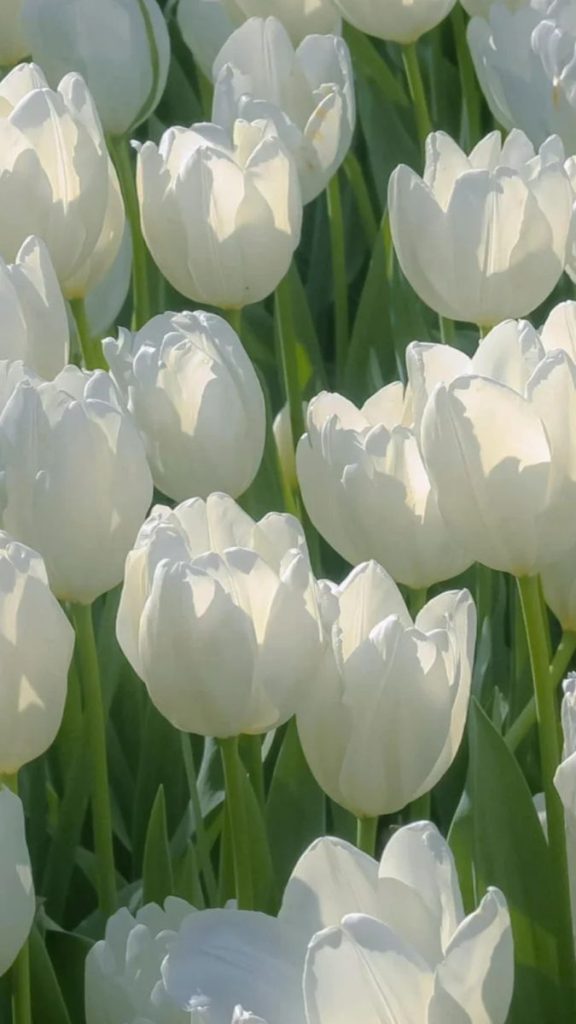
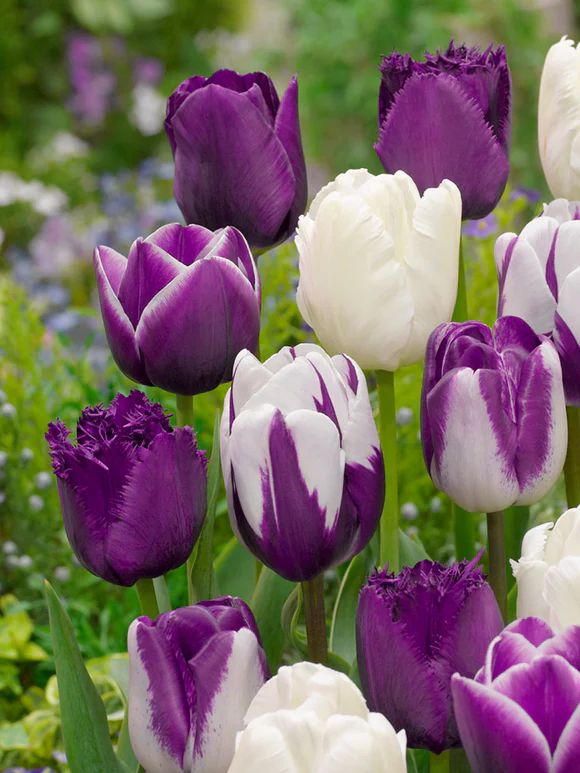
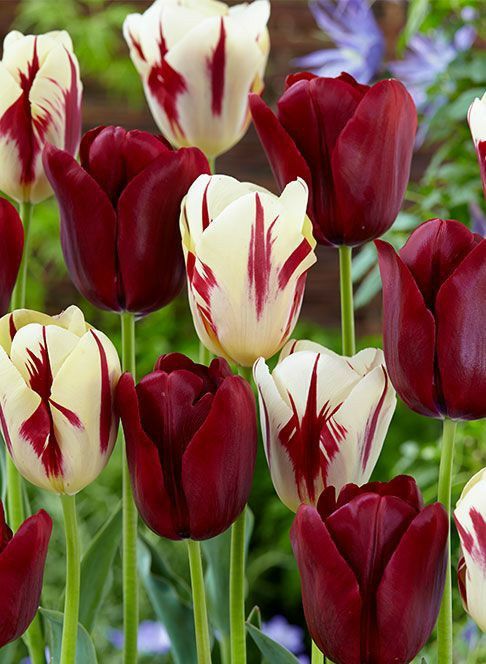

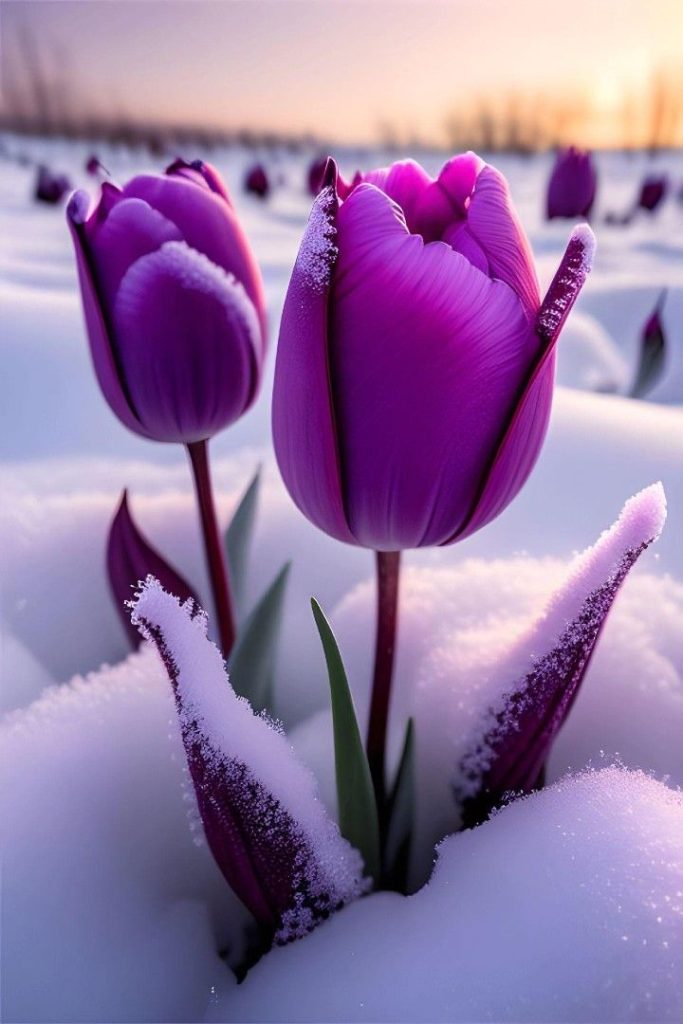

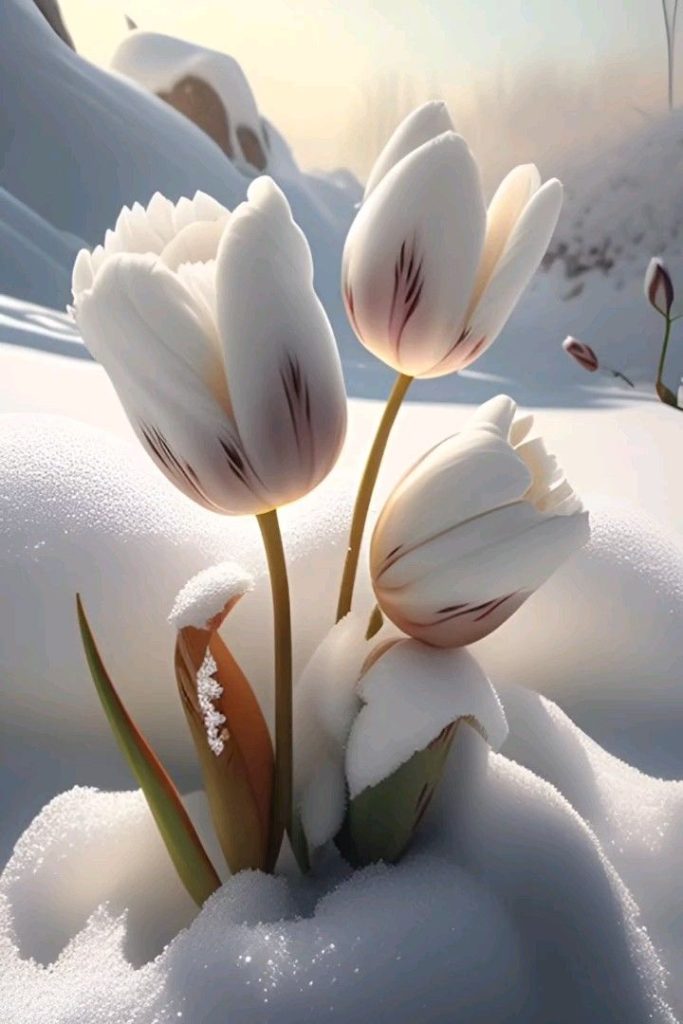




Choosing Tulip Varieties:
- Consider Climate: Tulips have various types suited for different climates. Choose varieties that thrive in your local climate, considering factors like cold hardiness and heat tolerance.
- Color and Shape: Tulips come in a wide array of colors and shapes. Decide if you prefer single or double flowers, solid colors, bi-colors, or multi-colors.
- Height and Bloom Time: Tulips vary in height and bloom time. Select varieties based on the height you desire for your garden and whether you want early, mid-season, or late bloomers for an extended flowering period.
- Specialty Tulips: Some tulip varieties are unique, such as parrot tulips with fringed petals or lily-flowered tulips with pointed petals. Explore specialty varieties to add interest to your garden.
Growing Tulips:
- Soil Preparation: Tulips thrive in well-draining soil. Ensure the soil is loose and amended with compost for good drainage and fertility.
- Planting Time: Plant tulip bulbs in the fall before the first frost. They require a period of cold to bloom properly in spring.
- Planting Depth and Spacing: Dig holes about 3 times deeper than the bulb height. Place bulbs pointed side up and space them according to the variety’s recommendations (usually 4-6 inches apart).
- Sunlight and Water: Tulips prefer full sun but can tolerate partial shade. Ensure they receive at least 6 hours of sunlight daily. Water newly planted bulbs and avoid waterlogging the soil.
- Mulching and Maintenance: Mulch the soil to regulate temperature and moisture. Remove spent flowers to prevent seed production and promote bulb energy for the next year’s growth.
- Post-Bloom Care: After flowering, allow the foliage to die back naturally. This feeds the bulb for the next season. Avoid cutting back the leaves until they turn yellow.
- Division and Storage: Tulip bulbs can be dug up and divided every few years to prevent overcrowding. Store bulbs in a cool, dry place until fall planting.
Remember, tulips bring vibrant colors to gardens but might not perennialize in warmer climates. Choosing the right varieties and providing proper care will ensure beautiful tulip blooms year after year.





